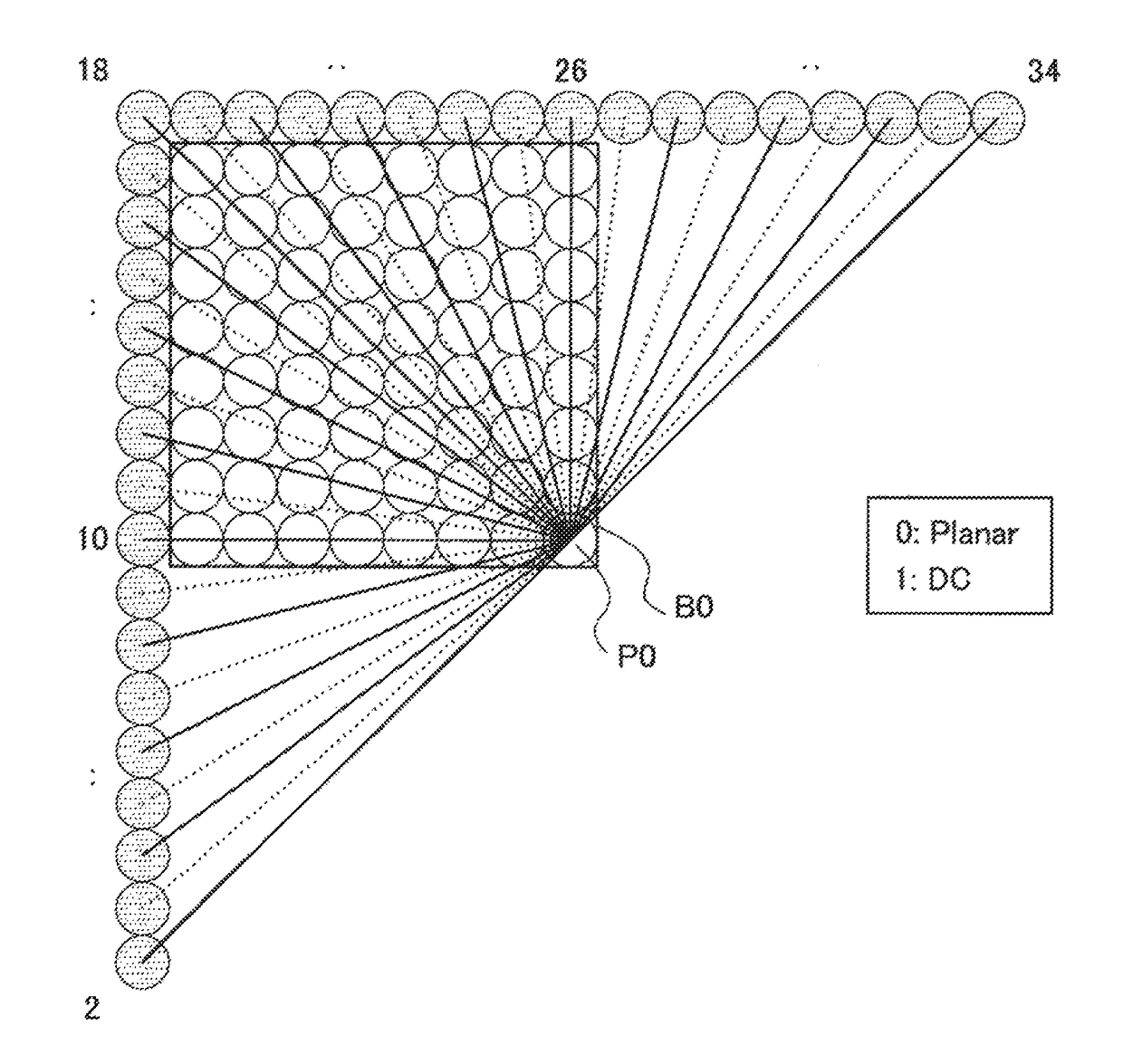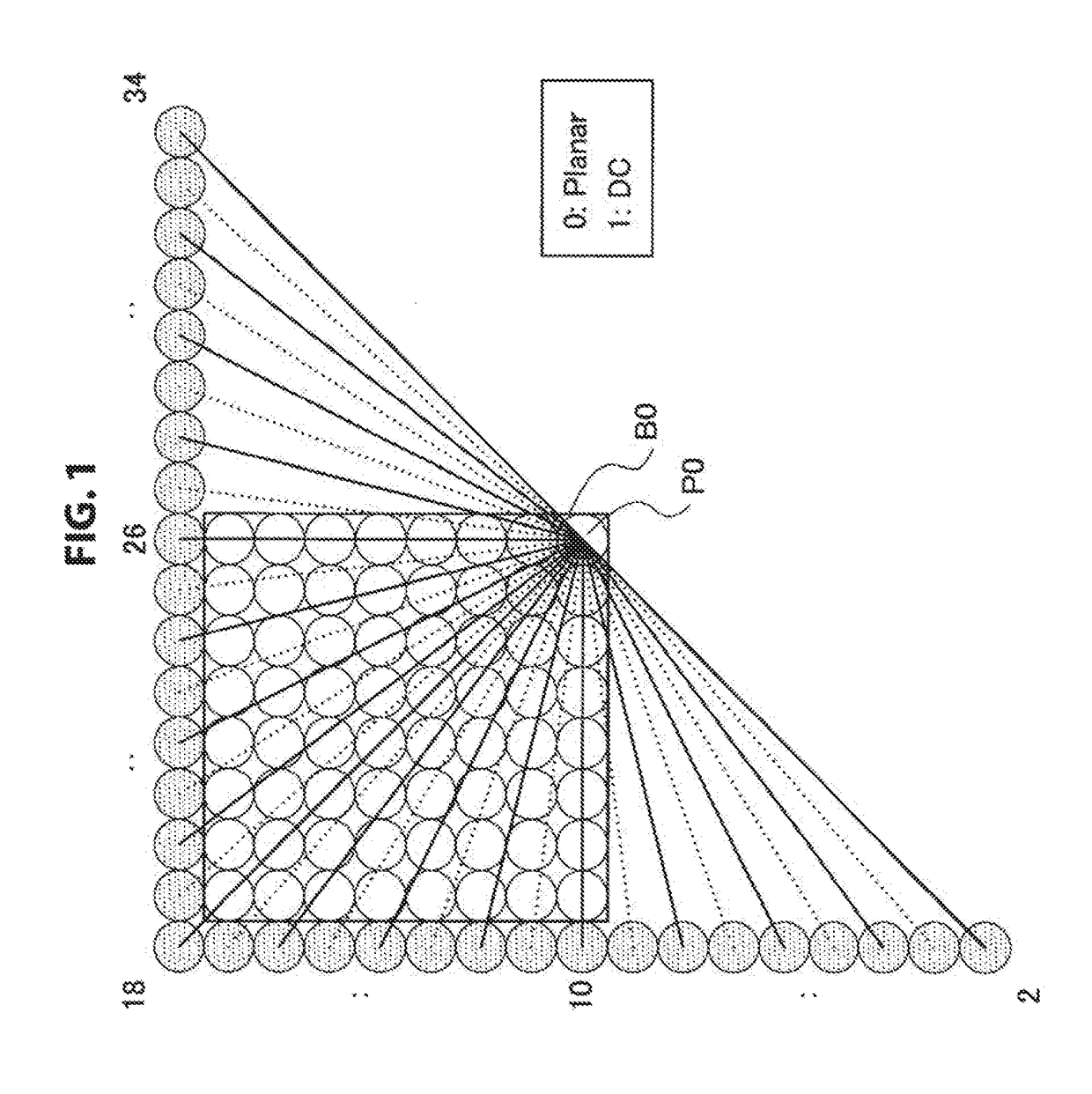Image processing device, image processing method, program, and recording medium
a technology of image processing and image processing method, which is applied in the direction of digital video signal modification, electrical apparatus,pictoral communication, etc., can solve problems such as affecting and achieve the effect of improving encoding or decoding performan
- Summary
- Abstract
- Description
- Claims
- Application Information
AI Technical Summary
Benefits of technology
Problems solved by technology
Method used
Image
Examples
first example
(1) First Example
[0107]FIG. 14A is a flowchart showing a first example of a detailed flow of the search range decision process of the flowchart shown in FIG. 13. Referring to FIG. 14A, the prediction control unit 31 first determines whether or not the HEVC scheme is to be used for image encoding (Step S21). In the case where the HEVC scheme is to be used, the prediction control unit 31 determines whether or not the chroma format is 4:2:2 (Step S22). In the case where the chroma format is 4:2:2, the prediction control unit 31 determines whether or not color components to be processed are chrominance components (Step S23). In the case where color components to be processed are chrominance components, the prediction control unit 31 decides to limit the search range of intra-prediction modes to a range in which only a prediction mode in which no upper reference pixels are referred to is included (Step S31). On the other hand, in the case where the HEVC scheme is not used (for example, H...
second example
(2) Second Example
[0108]FIG. 14B is a flowchart showing a second example of a detailed flow of the search range decision process of the flowchart shown in FIG. 13. Referring to FIG. 14B, the prediction control unit 31 first determines whether or not the HEVC scheme is to be used for image encoding (Step S21). In the case where the HEVC scheme is to be used, the prediction control unit 31 determines whether or not the chroma format is 4:2:2 (Step S22). In the case where the chroma format is 4:2:2, the prediction control unit 31 determines whether or not color components to be processed are chrominance components (Step S23). In the case where color components to be processed are chrominance components, the prediction control unit 31 determines whether or not the left side of a block of interest (a block to be processed) adjoins a boundary of a picture or a slice (Step S24). In the case where the left side of the block of interest does not adjoin a boundary of a picture or a slice, the...
third example
(3) Third Example
[0109]FIG. 14C is a flowchart showing a third example of a detailed flow of the search range decision process of the flowchart shown in FIG. 13. Referring to FIG. 14C, after the determination of a use of the HEVC scheme (Step S21), the chroma format (Step S22), and color components to be processed (Step S23), the prediction control unit 31 further determines whether or not limitation of a search range has been effectuated for a current CTU (i.e., a CTU to which a block of interest belongs) (Step S25). For example, in the case where limitation of a search range has been effectuated for the current CTU such as a CTU labeled as “on” in FIG. 11A or FIG. 11B, the prediction control unit 31 decides to limit the search range of intra-prediction modes to a range in which only a prediction mode in which no upper reference pixels are referred to is included (Step S31). On the other hand, in the case where the HEVC scheme is not used, the chroma format is not 4:2:2, color comp...
PUM
 Login to View More
Login to View More Abstract
Description
Claims
Application Information
 Login to View More
Login to View More - R&D
- Intellectual Property
- Life Sciences
- Materials
- Tech Scout
- Unparalleled Data Quality
- Higher Quality Content
- 60% Fewer Hallucinations
Browse by: Latest US Patents, China's latest patents, Technical Efficacy Thesaurus, Application Domain, Technology Topic, Popular Technical Reports.
© 2025 PatSnap. All rights reserved.Legal|Privacy policy|Modern Slavery Act Transparency Statement|Sitemap|About US| Contact US: help@patsnap.com



